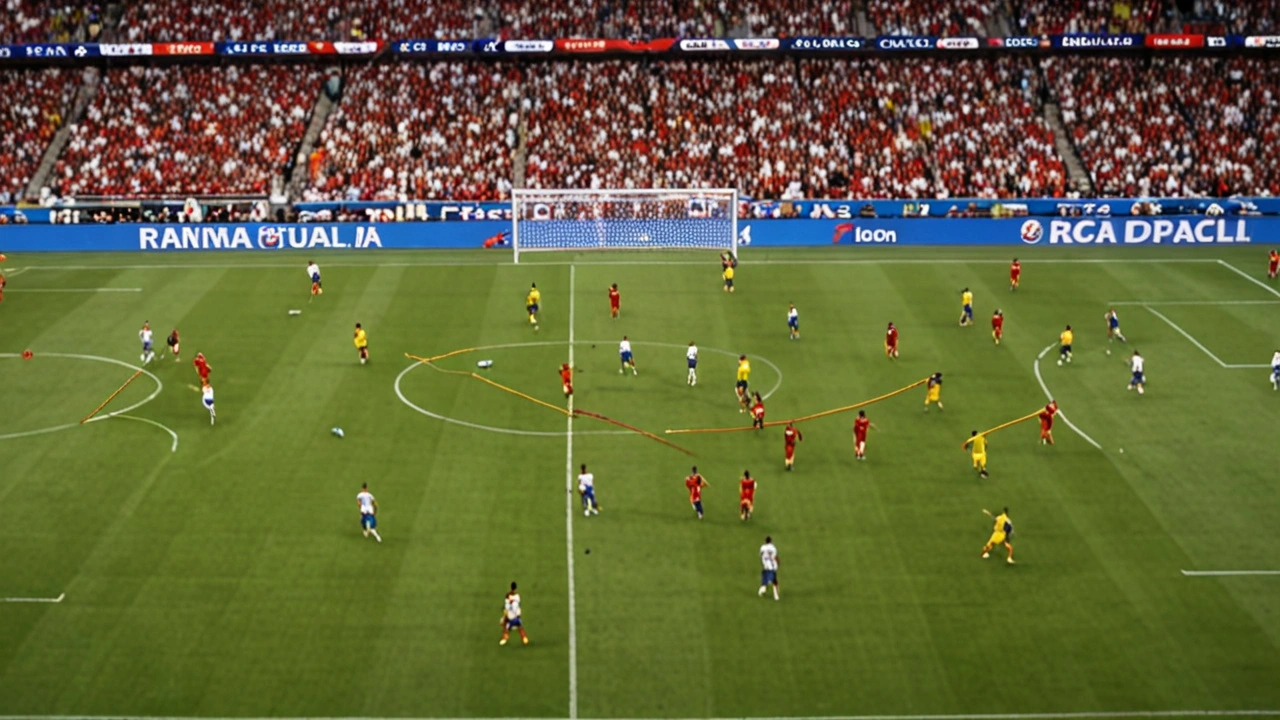When you watch a match or game, it’s easy to see who scores and who wins. But to really get what drives those outcomes, you need a tactical analysis. It’s all about studying how teams and players set up, react, and adjust during matches. This kind of insight helps fans and coaches make sense of what’s happening beyond just the final score.
Tactical analysis looks at many elements like formations, player roles, and strategic moves. For example, in football (soccer), you might see how a team switches from defense to attack or how they exploit weaknesses in the opposing team’s setup. Analysts pay attention to player positioning, passing patterns, and even the timing of substitutions.
Take Real Madrid’s recent signings and youth focus—this isn’t random. They’re planning long-term tactics to beat rivals like Barcelona. Similarly, Man City’s FIFA Club World Cup win highlighted their strong group tactics and a well-rounded attacking line, showing how good game plans beat just individual skill.
For fans, tactical analysis makes games more engaging. You start recognizing smart plays or coaching decisions, which can be exciting in itself. For players and teams, it’s a way to improve. Coaches study these details to spot patterns and areas to work on. For example, Liverpool’s young defender getting a red card on debut shows where inexperience can be costly, and what to learn.
In basketball, big wins often come down to tight defense and controlled offense. Like when the Rockets crushed the Warriors using a strong defensive game plan and free throws. Understanding these tactics means you see much more than just points scored.
In short, tactical analysis is all about turning what seems like chaos on the field into a clear story. It’s a tool that opens up games, helps fans enjoy more, and supports teams to get better. Whether you’re watching football, basketball, or any sport, paying attention to tactics changes how you experience the game.
